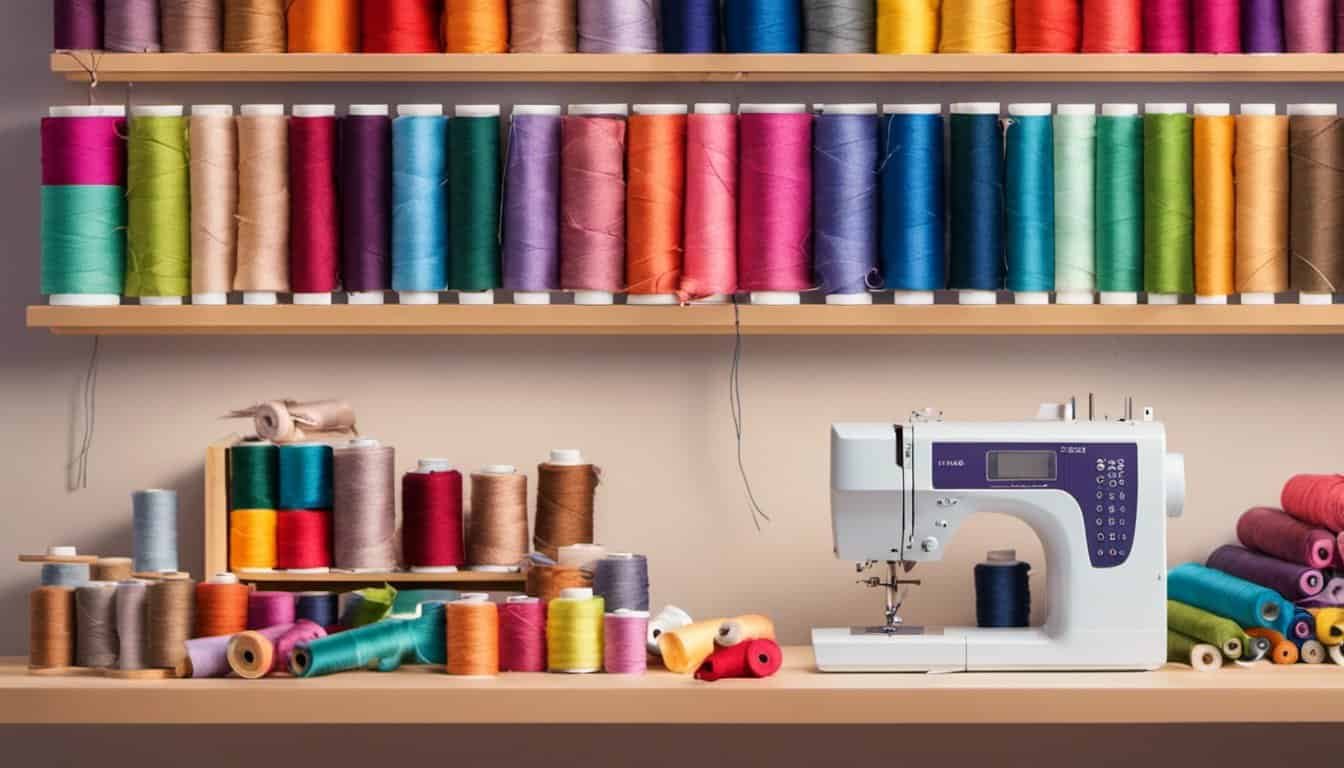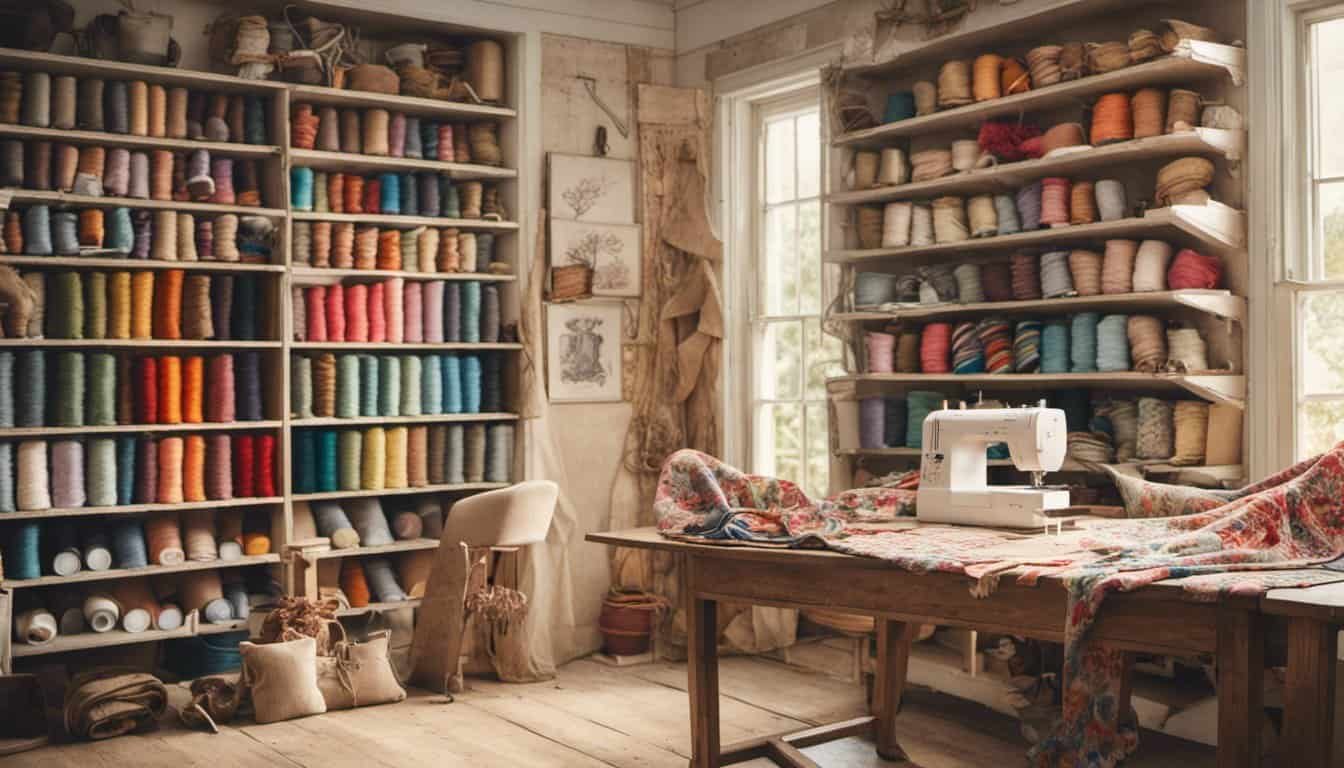Cooking can get messy, but there’s something so satisfying about whipping up a delicious meal. That’s where a trusty apron comes in handy! Instead of buying one, why not make your own? It’s a fun, creative project that lets you customize it to match your style and needs.
Why Make Your Own Apron?
Making your own apron lets you fully customize its design and functionality. Store-bought aprons often lack personality or precise features, but creating one means picking fabrics, colors, and patterns that match your taste. For instance, you can choose durable cotton for heavy-duty use or water-resistant material for messier tasks.
A handmade apron provides a better fit. Adjusting strap lengths, pocket placements, and overall dimensions ensures it suits your body and cooking style perfectly. For example, adding extra-deep pockets for tools or a loop for a kitchen towel enhances practicality.
Crafting your apron saves money, especially with leftover or repurposed fabric. Instead of purchasing pre-made items, you can use scraps from past projects, like quilting cotton or old bedsheets, to create something useful and unique.
The process encourages creativity and skill-building. Sewing an apron introduces or refines techniques like hemming, adding pleats, or attaching trims. Beginners can practice basic seams, while more advanced crafters might experiment with embroidery or decorative stitching.
Materials Needed
To make an apron for cooking, it’s important to gather the right materials first. Choosing quality fabric and assembling the proper tools ensures the process is smoother and more enjoyable.
Fabric Choices
Select durable, washable fabric suitable for kitchen use. Cotton and canvas are excellent choices for their durability and ease of maintenance. For example, use cotton for a lightweight apron or canvas for a sturdier option. If you’d like a waterproof apron, consider laminated cotton or oilcloth. Use printed fabrics or plain solids to fit your desired aesthetic.
A piece measuring 1–1.5 yards is usually adequate for an adult apron, while a half yard or less can work for a child’s apron. Repurposing fabric from old tablecloths, jeans, or bedsheets adds a sustainable option.
Tools and Supplies
Gather essential tools to streamline your sewing process. You’ll need sewing scissors or a rotary cutter with a cutting mat for precise fabric cuts. An iron is crucial for pressing hems and seams, ensuring neat finishing. Use fabric chalk or a fabric marker to mark measurements and sewing lines clearly.
Pins or clips are necessary to hold fabric pieces in place while sewing. A sewing machine simplifies the work, but hand-stitching with a needle and strong thread is a viable alternative. For personalization, embroidery thread or decorative trims, like bias tape or lace, can enhance the design.
Step-By-Step Guide On How to Make an Apron for Cooking
Creating an apron involves simple steps that anyone, even a beginner, can follow. With basic materials and a little time, you’ll have a practical and personalized apron for your cooking adventures.
Measuring and Cutting the Fabric
I start by measuring the desired length and width of the apron. For an adult apron, I usually choose dimensions of 27–30 inches in length and 20–23 inches in width, but it varies based on body size. Using fabric chalk, I mark these dimensions on the fabric, including a 1-inch seam allowance on all sides. For curved edges at the top, I trace a rounded shape using a bowl or similar object. Once marked, I cut along the lines with fabric scissors or a rotary cutter for a clean edge.
Sewing the Main Body
I fold the edges of the fabric by 1/2 inch, then press them with an iron to create a crisp hem. Next, I fold the edges again by another 1/2 inch to encase the raw edges and secure them with pins or clips. Using a straight stitch on my sewing machine, I sew along the entire perimeter, keeping the stitches close to the inner edge of the hem. For the top curves, I work slowly to maintain neat, even stitches.
Adding Pockets
I cut a rectangular piece, typically 8–10 inches wide and 6–8 inches tall, for the pocket. I hem the top edge by folding it twice (1/4 inch each time), pressing, and stitching to create a finished opening. For the other three sides, I fold and press in the same way, but I don’t sew yet. I position the pocket on the apron’s front, around the center or slightly lower, and pin it in place. Sewing along the folded edges, I leave the top open to form the pocket.

Attaching Straps and Finishing Touches
For the straps, I cut fabric strips about 3–4 inches wide and 25–30 inches long. I fold each strip lengthwise, right sides together, and sew along the open edge. After turning them right side out and pressing, I stitch them to the apron’s top corners to form neck ties, reinforcing the attachment with a backstitch. Similarly, I attach two straps to the waist for tying at the back.
To finish, I add any decorative touches, such as embroidered initials, lace trims, or colorful bindings, ensuring they reflect my personal style. Lastly, I inspect all seams and hems to confirm everything is secure.
Tips for Personalizing Your Apron
Adding personal touches can transform a functional apron into a unique statement piece. Here’s how to customize your apron.
- Choose a unique fabric pattern: Pick fabrics with bold prints, fun themes, or seasonal designs. For example, polka dots, floral motifs, or holiday-specific patterns help reflect your personality.
- Incorporate embroidery: Stitch initials, names, or favorite quotes onto the apron. Use contrasting thread colors for visibility.
- Add decorative trims: Attach lace, ric-rac, or pom-pom trim to the edges. Ensure trims are securely stitched to withstand washing.
- Customize pockets: Add pockets in complementary shades or with quirky designs. Consider embroidery or applique to make pockets stand out.
- Attach themed patches: Use iron-on patches with food or kitchen icons, like utensils or vegetables, to enhance the design.
- Experiment with painting: Use fabric paints or markers to draw freehand patterns or stencils. Choose non-toxic, washable paints for durability.
- Add functional extras: Sew in loops for towels or hooks for utensils. Match these accent details to your fabric color scheme.
Creating a distinct apron with these ideas boosts both its functionality and your personal expression.
Benefits of Homemade Cooking Aprons
Homemade cooking aprons offer unique advantages that go beyond simple kitchen protection. They combine practicality, personalization, and sustainability in one crafting project.
- Custom Fit and Comfort
« How to Sew a Fabric Gift Bag: Easy DIY Guide for the Perfect Eco-Friendly Gift Wrap
DIY Passport Holder: How to Sew Your Perfect Travel Companion in Just a Few Simple Steps »
A personalized apron fits better than store-bought versions. By tailoring strap length, apron width, and waist ties to your body, you create a garment that’s not only functional but also comfortable for extended use. For example, I add adjustable neck straps to ensure the apron sits perfectly while I cook or bake.
- Creative Expression
Handmade aprons allow endless design possibilities. You choose fabric patterns, color schemes, and embellishments that showcase your personality or match your kitchen theme. I enjoy incorporating embroidery designs, like floral motifs or initials, which make my apron truly one of a kind.
- Durability and Quality
Using sturdy fabrics such as cotton or canvas ensures the apron withstands frequent use. Store-bought aprons often lack reinforcement, but when I sew my own, I reinforce seams and hems for added durability. Laminated fabrics also make great options for water-resistant aprons.
- Budget-Friendly Solution
Making aprons can be cost-effective, especially when using repurposed materials. Old jeans or bedsheets transform into stylish, functional aprons with little expense. I often dig into my fabric stash to save money while reducing waste.
- Eco-Friendly Crafting
Sewing an apron with recycled or sustainable fabrics like organic cotton contributes to environmental preservation. Repurposing old garments or scraps minimizes fabric waste. This approach reminds me that a greener kitchen starts with crafting choices.

- Skill Enhancement
Sewing aprons is an excellent project to practice craftsmanship. Simple techniques like sewing straight seams or crafting pleats can improve your skills. Whenever I try a new embellishment style, like adding trims or appliqués, I learn something new.
- Thoughtful Gift Option
Handmade aprons make meaningful, personalized gifts. For instance, family members appreciate aprons with their favorite colors or themes. I once added a pocket shaped like a heart for my sibling, and it was a big hit.
Homemade aprons combine personal artistry with practical kitchen utility, making them a rewarding craft for any cooking enthusiast.
Conclusion
Making your own cooking apron is such a rewarding experience. It’s not just about creating something practical but also about expressing your personal style and adding a touch of creativity to your kitchen routine. Whether you’re repurposing fabric or experimenting with bold designs, the process is as enjoyable as the end result.
An apron you’ve made yourself isn’t just a functional tool—it’s a reflection of your personality and effort. Plus, it’s a great way to practice sewing skills while crafting something you’ll actually use. So grab your fabric, let your imagination run wild, and enjoy the journey of making an apron that’s uniquely yours!


















